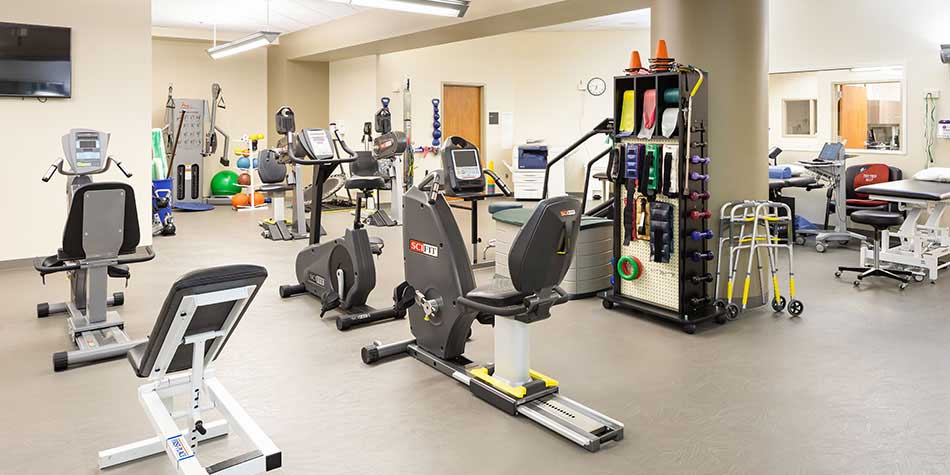Empowering Healing Via Cardiovascular Physical Treatment during the Journey of Post-Operative Recovery
Empowering Healing Via Cardiovascular Physical Treatment during the Journey of Post-Operative Recovery
Blog Article
Cardiopulmonary physiotherapeutic therapy plays a crucial role in helping individuals recover after surgery, particularly for those who have undergone procedures affecting the cardiac system and pulmonary system. Healing from an operation can be a challenging process, often accompanied by pain, exhaustion, and limited mobility. However, with the right approach and assistance, patients can regain their strength and improve their general health. This type of therapy focuses on enhancing the function of the heart and pulmonary system, which is crucial for a successful recovery.
One of the primary goals of cardio-pulmonary physiotherapeutic therapy is to improve cardiovascular endurance. Following an operation, individuals may face reduced stamina, making everyday activities feel more exhausting. Through a carefully planned fitness program, physical therapists assist patients in gradually boosting their activity levels. This may consist of exercises such as ambulating, cycling, or specific breathing exercises. These exercises not only help build strength but also increase lung capacity, which is vital for ensuring that the body gains enough air.
Moreover, cardio-pulmonary physical therapy emphasizes the importance of breathing methods. Many post-operative individuals may struggle with deep breathing due to discomfort or limited movement. Physical therapists instruct patients how to perform deep respiratory exercises, which can facilitate expand the pulmonary system and eliminate any secretions that may have accumulated during the healing process. Appropriate breathing techniques are essential to avoid issues such as pneumonia, which can occur if the pulmonary system are not operating effectively. By concentrating on these methods, patients can enhance their recovery and general pulmonary health.
Another critical element of this type of therapy is education. Physical therapists provide important insight about the healing journey, including what individuals can expect during recovery. They clarify how to identify danger signs that may signal complications, helping patients feel more in charge of their well-being. Comprehending the role of physical activity check that in recovery allows individuals to assume an engaged part in their recovery journey. This enablement is crucial for fostering self-assurance and promoting a positive outlook during recovery.
In conclusion, cardio-pulmonary physical therapy is an essential aspect of post-operative rehabilitation for patients experiencing cardiac and pulmonary procedures. By focusing on improving cardiovascular endurance, teaching respiratory methods, and providing education, therapists enable individuals to take control of their healing. This specialized treatment not only assists in bodily recovery but also supports emotional well-being, making the journey of recovery smoother and more manageable. With the right assistance and direction, individuals can effectively restore their vitality and return to their regular activities.